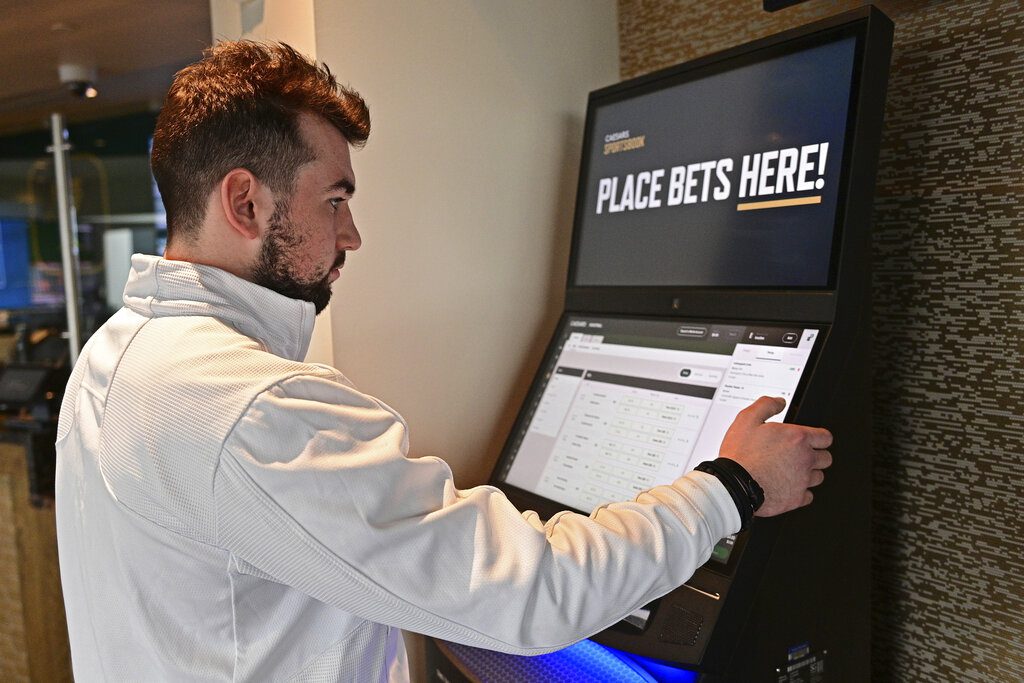By Rex Factor
There was at time, not too long ago, where positive expected value gamblers (+EV players they will be referred to from here on out) were swimming as sharks in a pool full of bookmaker minnows. In the early to mid-2000’s, college football totals were available on not just the TV games anymore, but on every game on the board for the first time.

Suddenly, sports bettors were given the chance to bet on games such as San Jose State at Florida, Eastern Michigan at Ohio State, Florida International at Penn State, Washington State at Southern Cal, that weren’t widely televised then but still had totals. The following are actual matchups that occurred in the last decade or so, and are extreme examples of a point spread being close to the total. To put it in more comical terms, these matchups have involved a correlation as well: North Texas at Alabama, San Jose State at Alabama, Kent State at Alabama, North Texas at Alabama (again), Western Kentucky at Alabama, Florida Atlantic at Alabama, and Florida Atlantic at Alabama (yes, again). These are just matchups involving teams that participate at the highest level of college football (Football Bowl Subdivision, formerly known as Division I-A) and do not include Alabama’s games against UT-Chattanooga, Georgia State, Georgia Southern or Western Carolina in those past five years. Those teams participate in the Football Championship Subdivision (formerly known as Division I-AA) and have fewer scholarships to work with and generally play a lower level of football than most FBS teams, resulting in the high point spreads in FCS games at Alabama.
The lines in these games border on comical. Last year, Florida State was firmly entrenched as the No. 1 team in the country and hosted Idaho (ended up the season 1-11, underdog in every game) on Nov. 23. It was the second-to-last game of the regular season for the eventual national champions (they would beat Florida the next week, Duke the week after and come from behind to beat Auburn to win the last BCS Championship before this year’s 4-team playoff). The Noles closed as a whopping 59-point favorite, with the total being 70.
Few if any sportsbooks let you parlay this lethal combination of Florida State to the OVER. That combination, which pays out at 13-to-5 at most places in Las Vegas and offshore, was far closer to being an even-money (plus juice) proposition than the actual parlay payout. Why? Because the only way Florida State could cover the point spread and the game still stay UNDER would be if the final score ended up being Florida State scoring 60 to 69 points and Idaho scoring between 0 and 10 points (obviously, if Florida State scored 63, Idaho could only score 6). While there are some combinations that could obviously add up to FSU winning by more than 59 and the total being less than 70 exist, there aren’t many of them. Hence, a parlay on Florida State to the OVER is a correlated parlay, and one that is no longer allowed.The counter argument is true as well, as there were often sharp players who would parlay Idaho to the UNDER and Florida State to the OVER. Two parlays involving opposite side in the same game. What are they doing? Some folks writing those bets would ask themselves that question as saw the bets come in. There was a brief time that these sorts of plays were not stopped, and most of them happened with the explosion of offshore bookmakers and those eager to put a total up on every game.
This example is an extreme one, and there have been discussions (arguments?) on what exactly constitutes a correlated parlay. The general consensus from most bookmakers that have discussed this in the past is that you could be as stringent as 20 percent of a side-to-a-total and as lenient as 33 percent. This means that those who don’t believe that the correlated players have a huge edge can decide to cut off the parlays at one-fifth of the side to the game. If Team A is a 16 point favorite and the total is 49,
then a parlay on favorite-to-OVER or underdog-to-UNDER is allowed by some bookmakers, because it’s less than 33 percent. Conversely, in some shops, if Team B is a 10.5 point favorite and the total is 49, the parlay is considered correlated because the side is more than 20 percent of the total.
The party for these +EV bettors lasted a year or so. Eventually, greed gets the best of even the small players, and shops in Vegas and offshore began realizing that they were bleeding out money on these parlays. Most recreational bettors would try to parlay the favorite-to-the-OVER in the same game, and there was a fateful week in 2004 where many early-season results were paying these +EV plays. Many owners only look at the bottom lines and saw something very wrong with their college football hold percentage in September of that year, which enabled them to wise up to the correlated parlays. Teasers are included in these +EV bets, although the payout hovering closer to even-money on a 2-teamer, is nothing close to the +260 range that the parlays pay out.
By and large, correlated parlays are not allowed anymore, and for those +EV players who still seek them out, many of them lose the betting “out” once those who monitor their action realize what’s going on. The cat-and-mouse game continues between the sharp players and the bookmakers, but the easiest money-making scheme of the 21st century has been almost dead and buried for a long time.
For more information on how to bet sports, visit America’s Bookie, they give you all the tools to become a winner.





